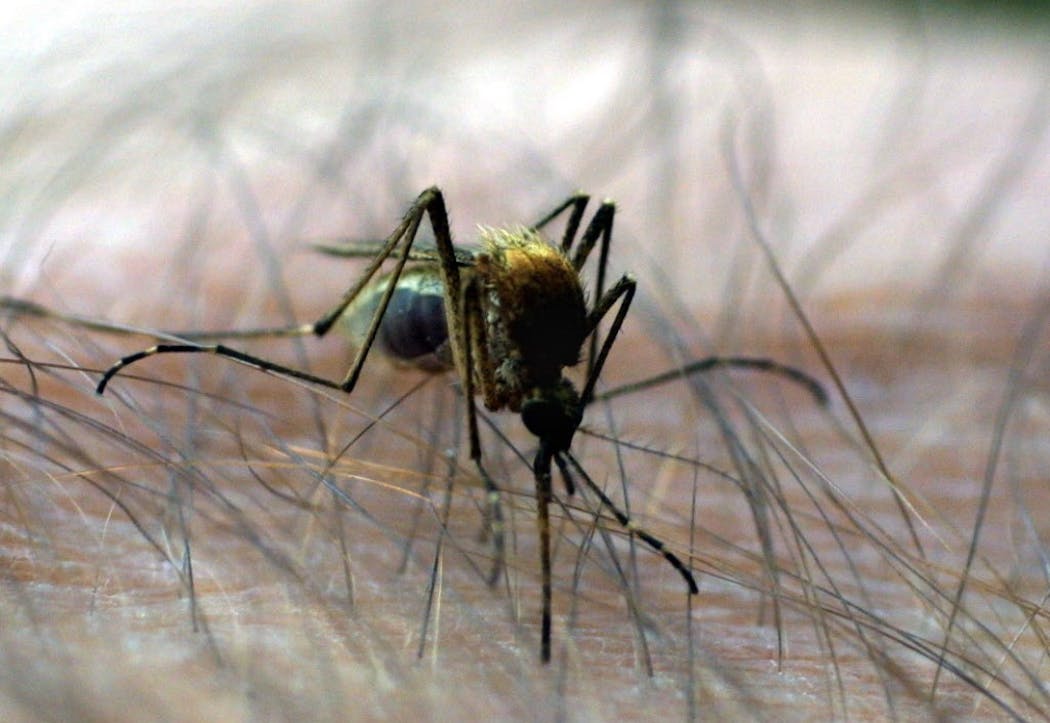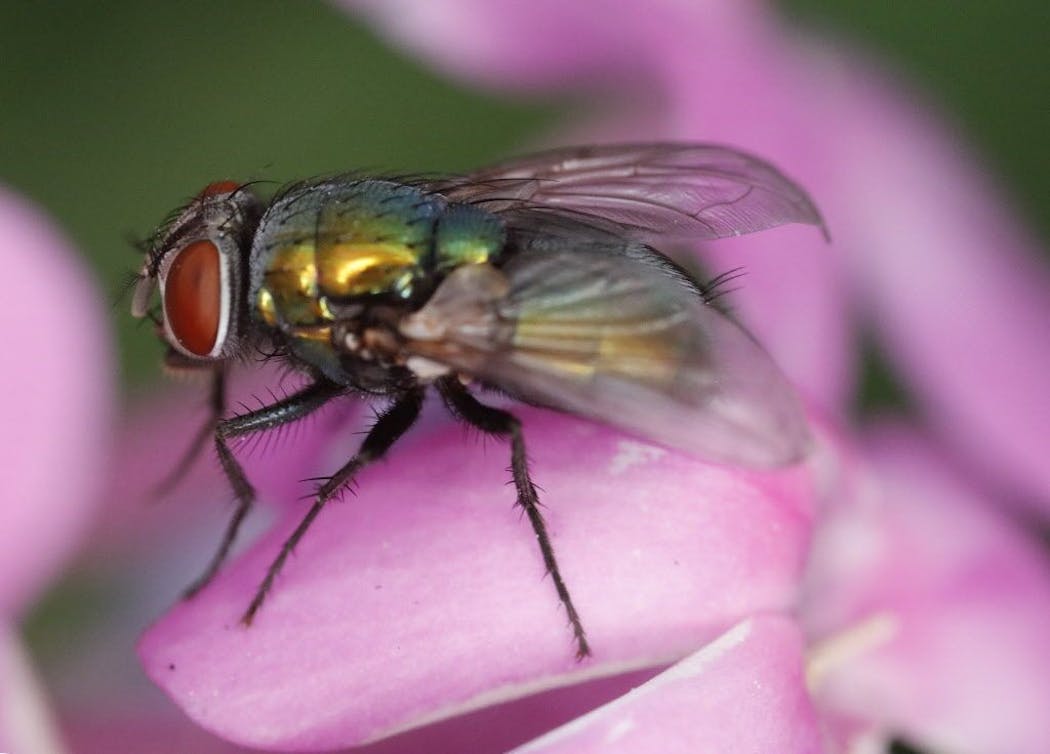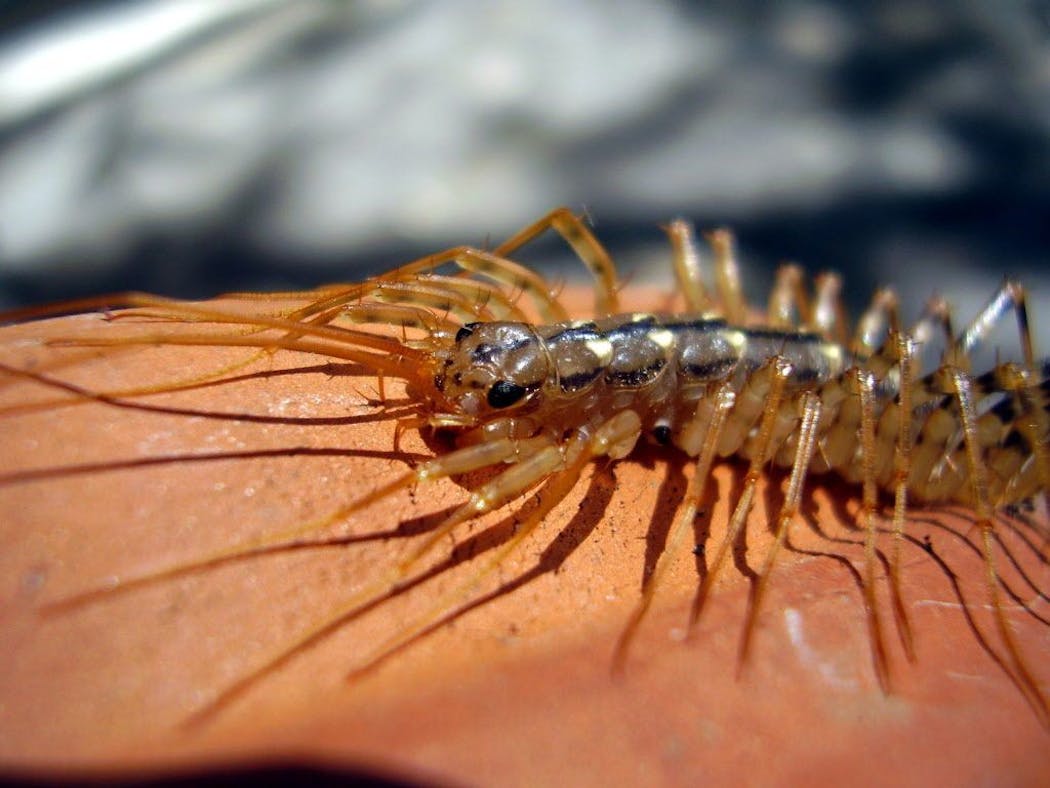As Minnesotans, we pine for summer all winter — eager for the carefree fun in the sun that it offers — grilling, swimming, fishing, gardening, noshing on ice cream. But we're not the only ones emerging from hibernation. Warmer weather also brings out all kinds of creepy, crawly bugs. Some pack a mean bite (we're talking about you, deerflies!).
Others are buzz-worthy for their annoying prowess (and nickname — hint: the state bird). Of course, some bugs strike fear because they can transmit serious diseases. Many others don't cause harm; they're merely pests (or just plain gross).
To help you survive the season of bugs, we offer you this list of five nasty ones to watch out for this summer.
BLACKLEGGED TICKS
Most active time: These crittters (also known as deer ticks) are actively biting in late spring and early summer. Risk of human infection from a tick bite is highest now, said Dr. Bobbi Pritt, a parasite expert at Mayo Clinic.
Where they hang out: Forested areas. They like tall grasses, shrubs and bushes.
Nasty factor: They can transmit organisms causing a host of diseases including Lyme disease, human anaplasmosis, babesiosis and Powassan encephalitis.
How to protect: Use bug repellent with DEET. You also can spray permethrin onto clothing (but not on skin) and let it dry overnight. Wear long sleeves and long pants tucked into socks. Always do a tick check immediately after coming inside.
MOSQUITOES
Most active time: The main summer species, Aedes vexans, appears in late May or early June. Dusk and dawn are prime feeding times.
Favorite hangouts: Mosquitoes lay their eggs in shallow pools of water. More rain equals more eggs. "We've been getting a lot of rain, so those mosquitoes are going to be out pretty soon," Pritt said.
Nasty factor: Can transmit viruses, including West Nile virus. There's a form of West Nile that attacks the brain and can debilitate a person or, in some cases, even be fatal.
How to protect: Stay indoors during peak mosquito hours. Get rid of containers that may collect rain water. Wear insect repellent and minimize skin exposure.
HORSEFLIES and DEERFLIES
Most active time: Bright daylight. June and July.
Favorite hangouts: Larvae are found in wet, marshy areas. Adults can be strong fliers. More of a country bug.
Nasty factor: Horseflies and deerflies are similar. They pack a mean bite, but they're not known to transmit any diseases in Minnesota. "They're more likely to chase you when you're hiking," said Pritt. Horseflies will take a hunk of skin. They aim for the head and neck.
How to protect: Wear bug repellent. Or try a device such as a trolling deerfly trap — a blue cup covered in glue placed on hats or on machinery, such as a lawn mower. The fly is attracted to the cup and lands in the glue.
HOUSE CENTIPEDES
Most active time: These scurry-in-a-hurry, many-legged critters are getting noticed now, as temperatures rise and they emerge.
Favorite hangouts: They live outside but like to squat inside, especially in damp areas. "You tend to find them in the basement, but I've found them in every room and at every level," said Jeff Hahn, an entomologist with the University of Minnesota Extension.
Nasty factor: They're not harmful, but they rank high on the "ick!" scale. "People get weirded out by them because they have the long legs and they move really fast," Hahn said.
How to protect: You can easily squash them. Or just ignore them.
YELLOW JACKETS
Most active time: They're active now but will get more so over the summer, Hahn said.
Favorite hangouts: They build nests in various places, including buried in the ground. "Typically, it's somewhere where they feel it's quiet or protected," Hahn said.
Nasty factor: They sting and, unlike bees, can sting multiple times. Yellow jackets will leave you alone if you leave them alone. But if you disturb them, they will come after you.
How to protect: Be alert to their presence. They have shiny, non-furry yellow and black bodies. If you find a nest, use spray made for wasps and hornets and deal with it in the evening, when they're less active. Or call a professional.

The 5 best things our food writers ate this week

A Minnesota field guide to snow shovels: Which one's best?

Summer Camp Guide: Find your best ones here

Lowertown St. Paul losing another restaurant as Dark Horse announces closing







